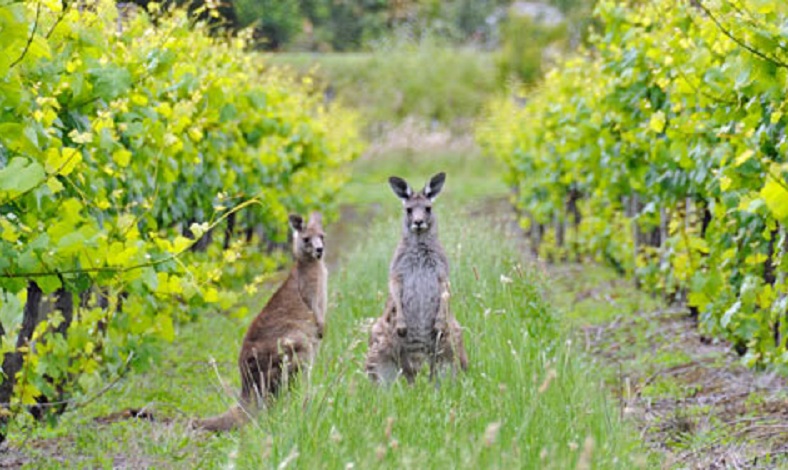
The first traces of Australian winemaking date back to 1788, when the first vine cuttings were planted there. Since then, the country has seen huge peaks in popularity. Today, to mark the fact that iDealwine has started shipping to Australia, we are going to take you throught the winemaking history and regions of this great viticultural nation so that even if you don’t live there, you can still enjoy its wines.
A bit of history to get us going. In 1788, the first vitis vinifera cuttings were brought to Australia from Europe, and they quickly took to the land. From around 1820, commercial viticulture was on the rise in the south of the country, and it took about 50 years for the industry to start booming. And boom, it did.
The start of the 20th century only brought better things for Australia’s wine industry, as exports became the major component in its success; the country was able to trade with the UK due to its status as part of the British Commonwealth. At this time, the profile of these wines was quite sweet or high in alcohol, and there wasn’t much ‘premium’ produce to speak of.
The shift came around the 1960s, when higher quality, dry wines became more of a central concern for winemakers. This led to yet another export boom, as Australia’s vintners started to put their estates on the map when it came to fine wine production.
The major grape varieties came into their own at this time, too, with Shiraz, Cabernet Sauvignon, and Chardonnay coming out as the vines that thrived the best. Not much has changed since then; Shiraz is still on top with Cabernet Sauvignon, and alongside these we count Merlot, Sauvignon Blanc, and Pinot Noir. You might still be able to find some Sémillon, although this has fallen out of favour somewhat with vintners in recent years.
Where does the magic happen?
It’s in the south-eastern corner of Australia that we find the vast majority of its wine makers, and they are spread across four key regions: South Australia (the area north of Adelaide), New South Wales, Western Australia, and Victoria.
South Australia (to the north of Adelaide)
Here, some of the most well-known spots for top wine are the Barossa, Clare, and Eden Valleys. The climate varies between each of these, with the heat of Barossa contrasting somewhat with the cooler altitudes of the Eden valley. This has become the biggest and most important region for winemaking; you’ll find fine wines from Penfolds (Barossa), Jim Barry (Clare), and Henschke (Eden) represent a range of styles that showcase Southern Australia’s importance on the world wine stage.
New South Wales
In New South Wales, the climate is more tropical in nature, which means more rainfall than we find in other Australian regions, and even higher temperatures, creating a lot of humidity. Where this region differs greatly from some of the drier vineyards is in the cloud cover; the burning Aussie sun doesn’t hit the grapes quite so directly. Here we find the Hunter Valley, home to Tyrell’s and its classic Sémillon production.
Western Australia: Margaret River
Western Australia only accounts for 3% of the wine produced in the country but the quality of its wines are excellent. Wines from Margaret River are some of our favourites from this region. You can find superb Cabernet Sauvignon blended with Merlot. The are is often compared to Bordeaux (when it’s beena hot year). When it comes to white wines, Sémillon and Sauvignon replace the Chardonnay that you usually think of when discussing Australian whites to create cuvées reminiscent of Graves whites.
Victoria: Yarra Valley
Less than an hour from Melborne, you’ll find Yarra Valley, Victoria’s oldest wine region. The ocean breezes cool the climate, making this one of the only places in Australia where you’ll find Pinot Noir. Chardonnay, Cabernet Sauvignon, Merlot and Shiraz.vines also grow in the region.



